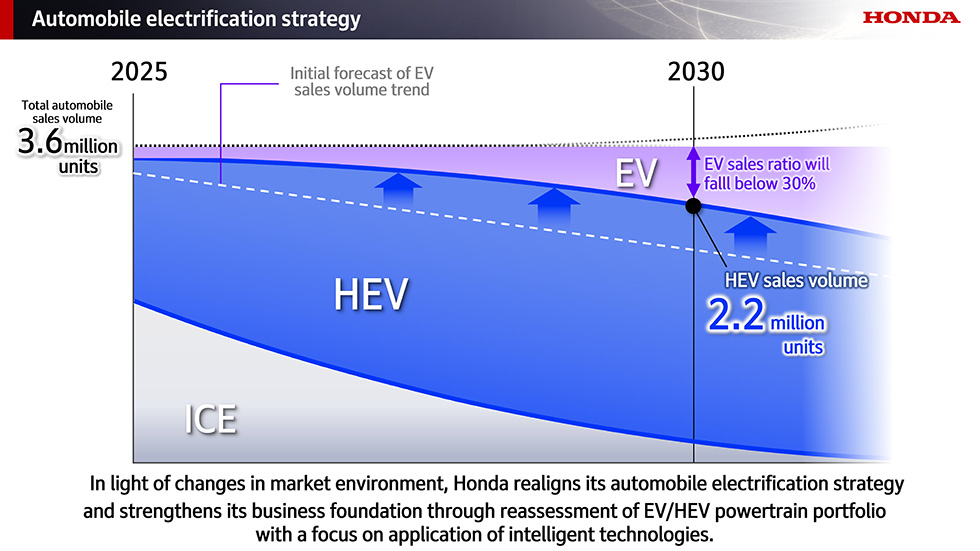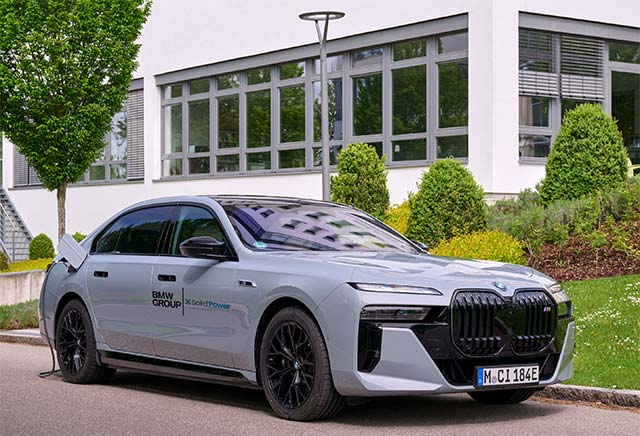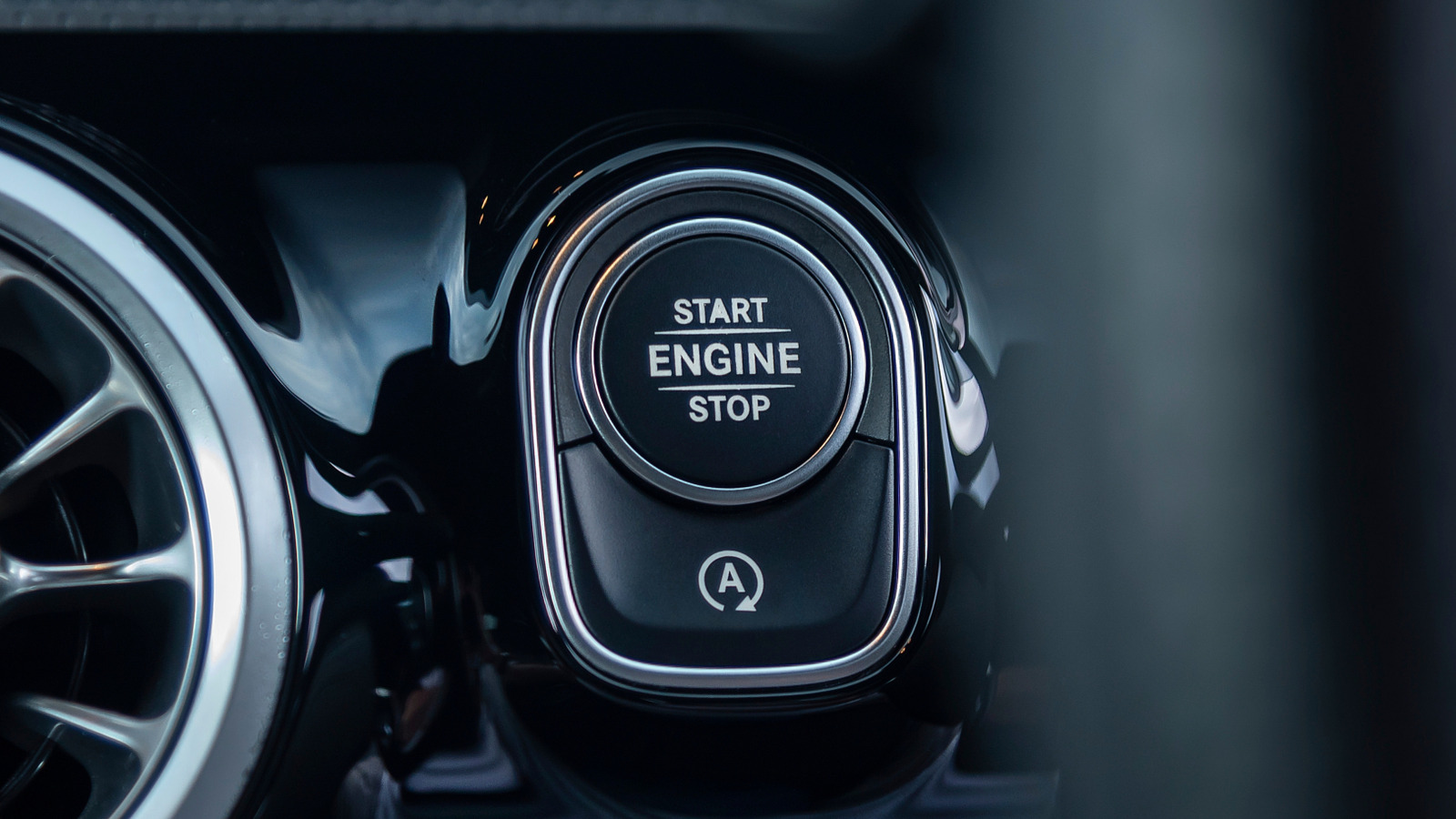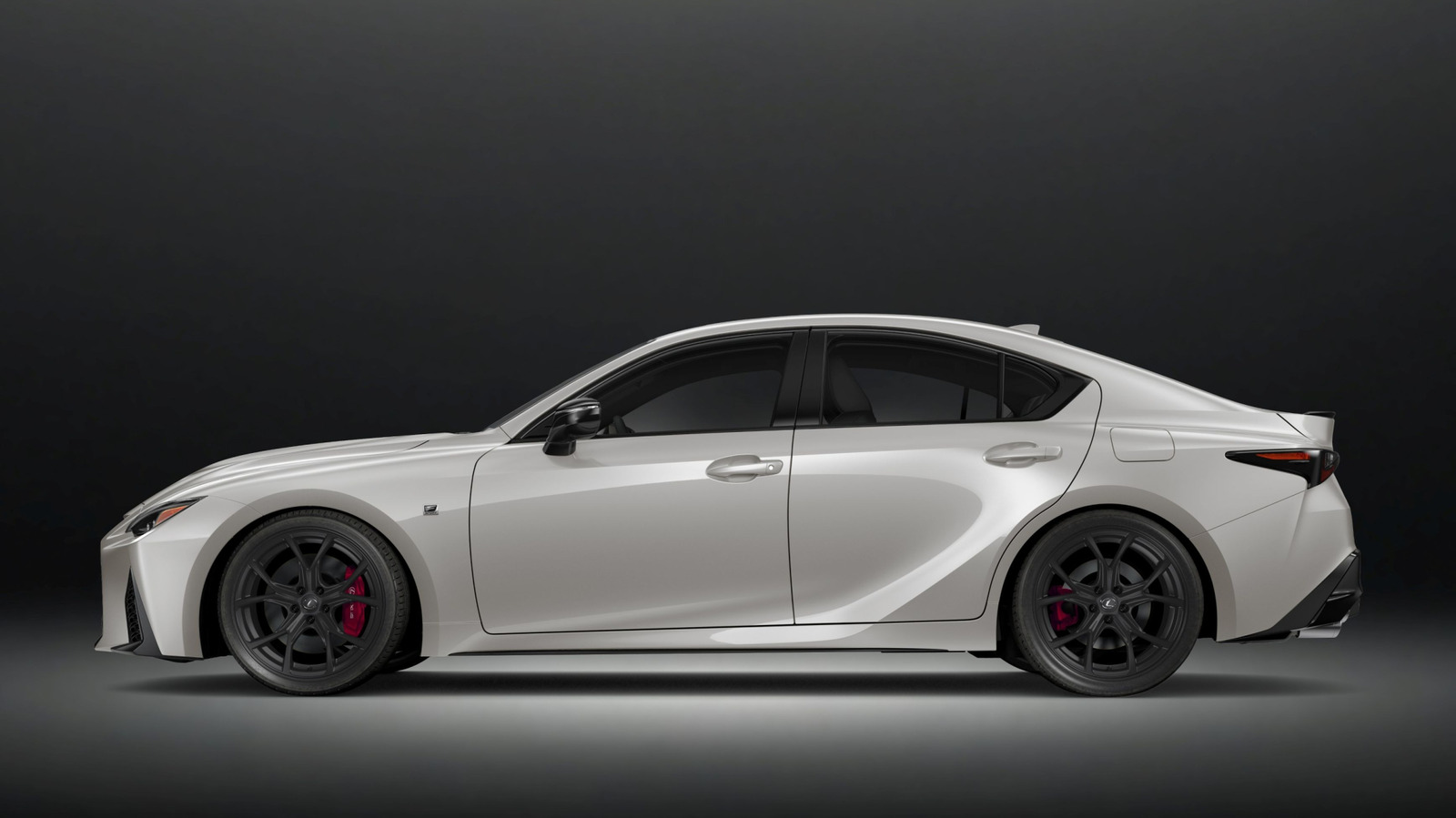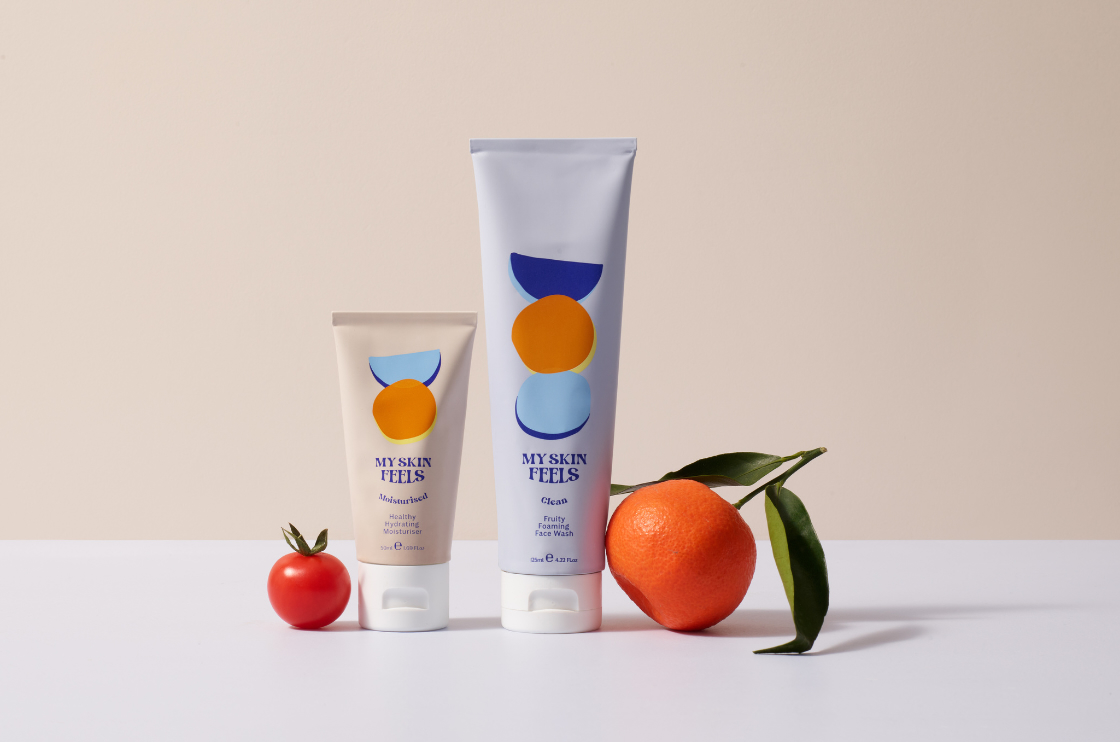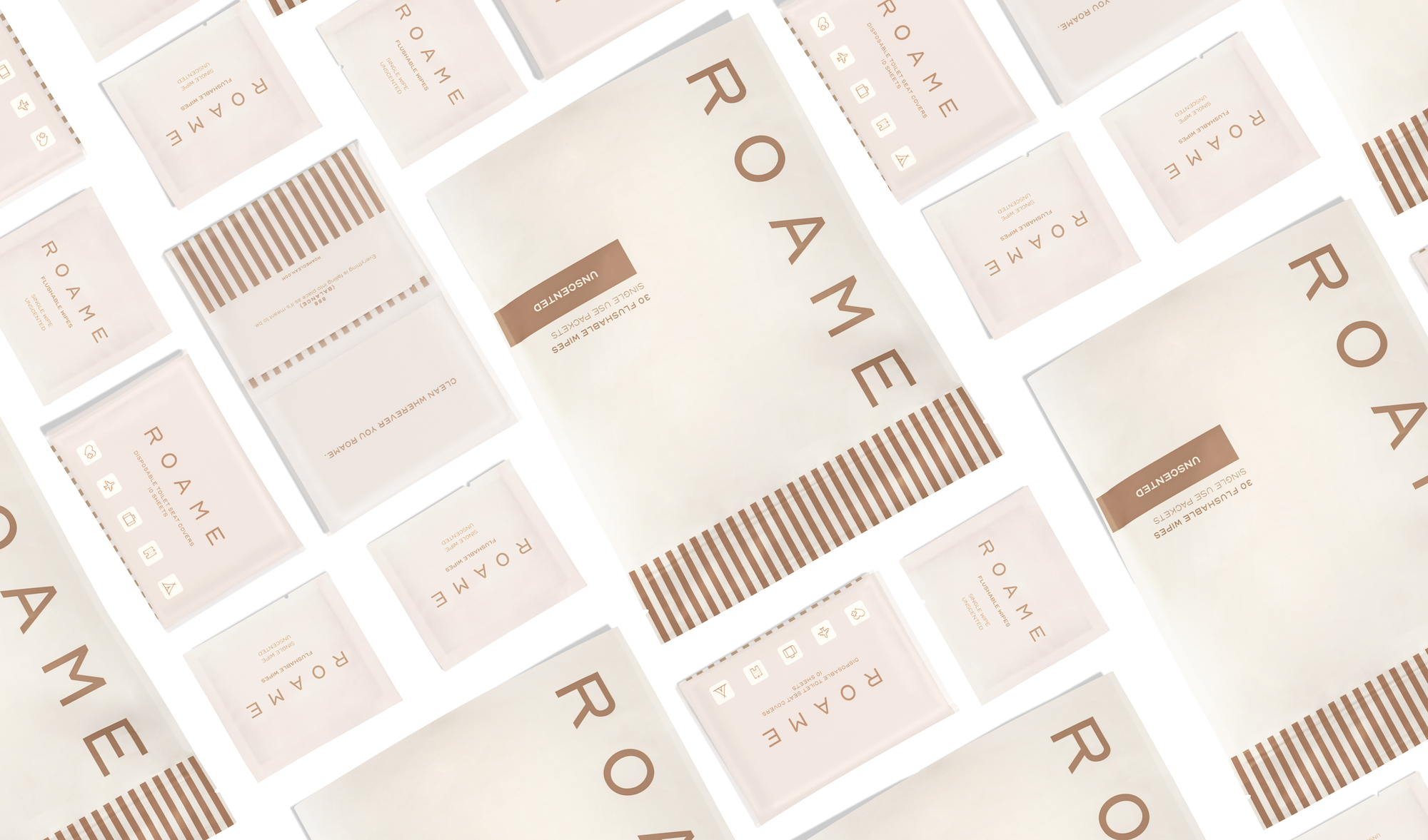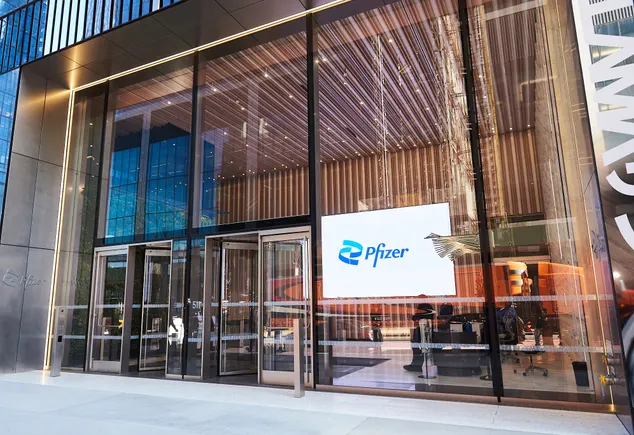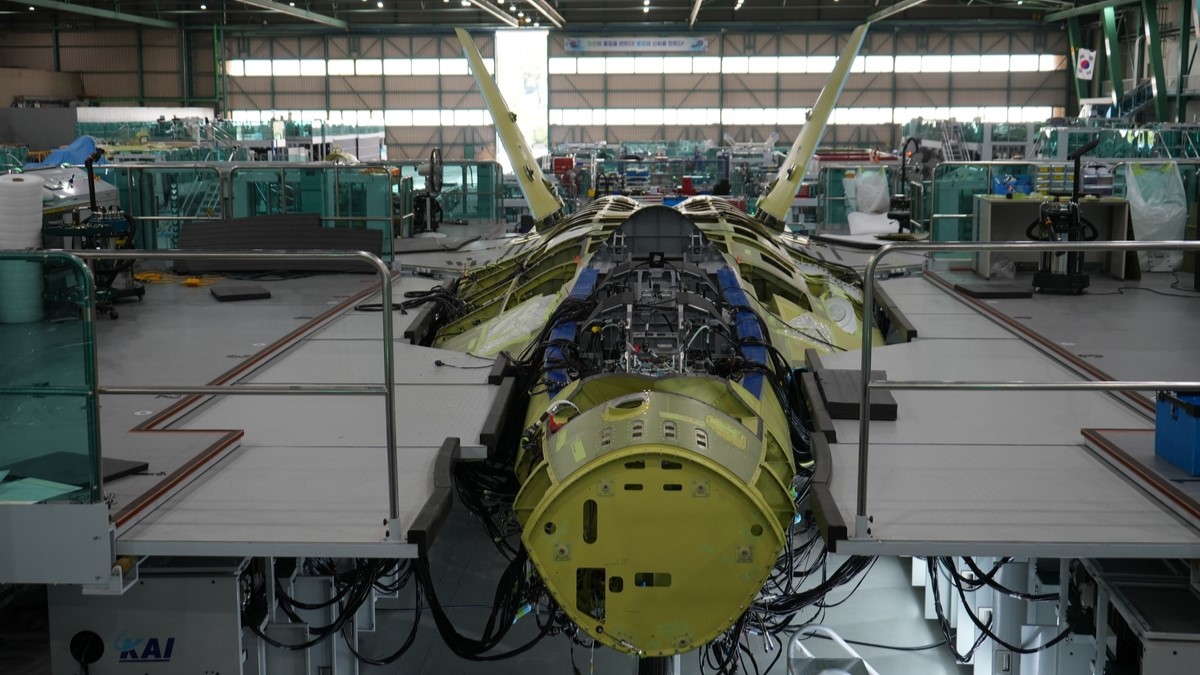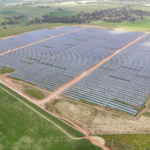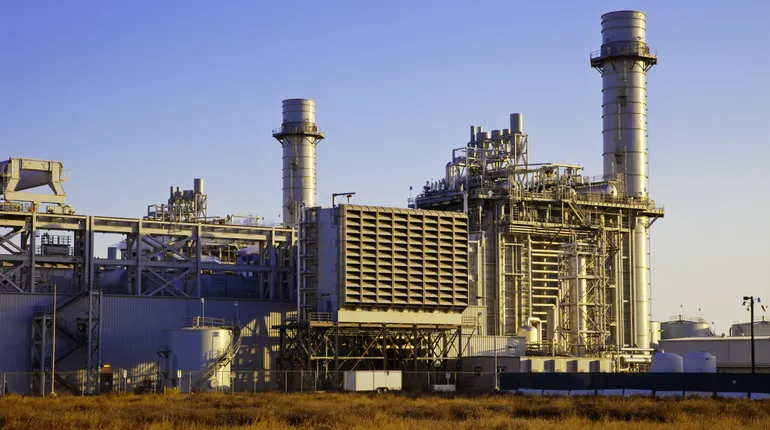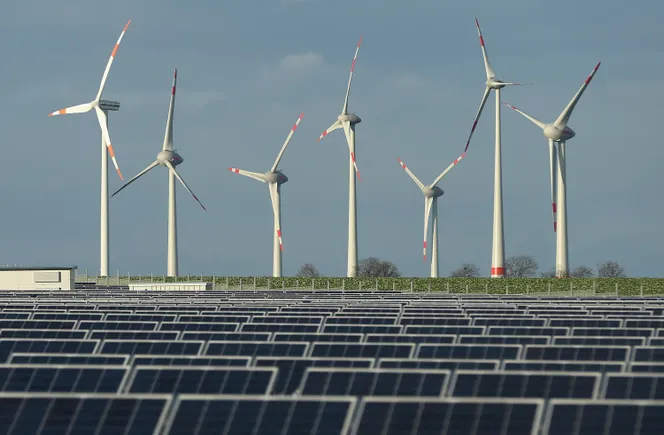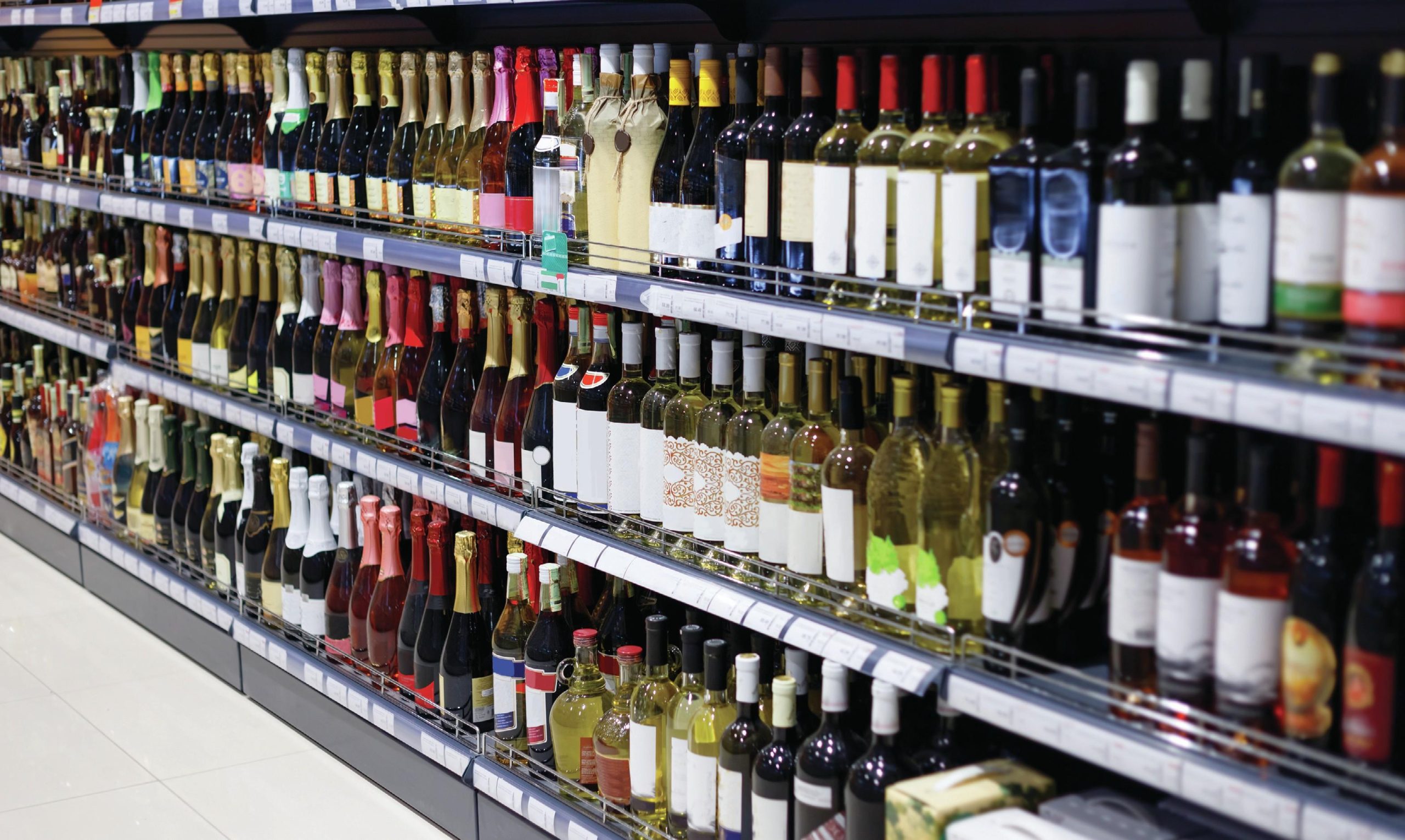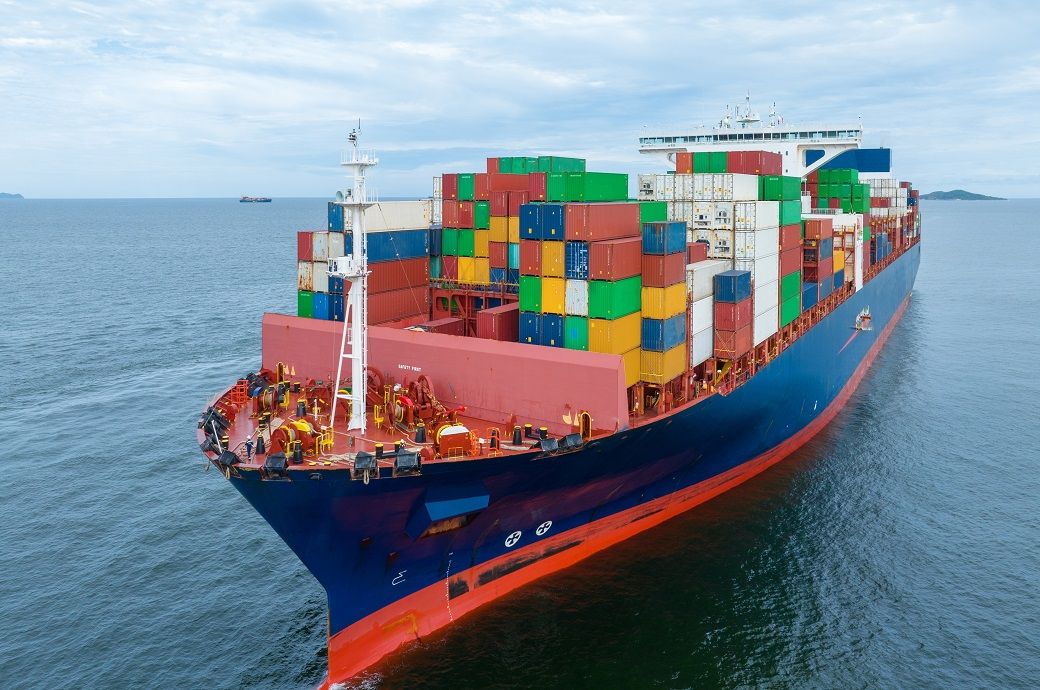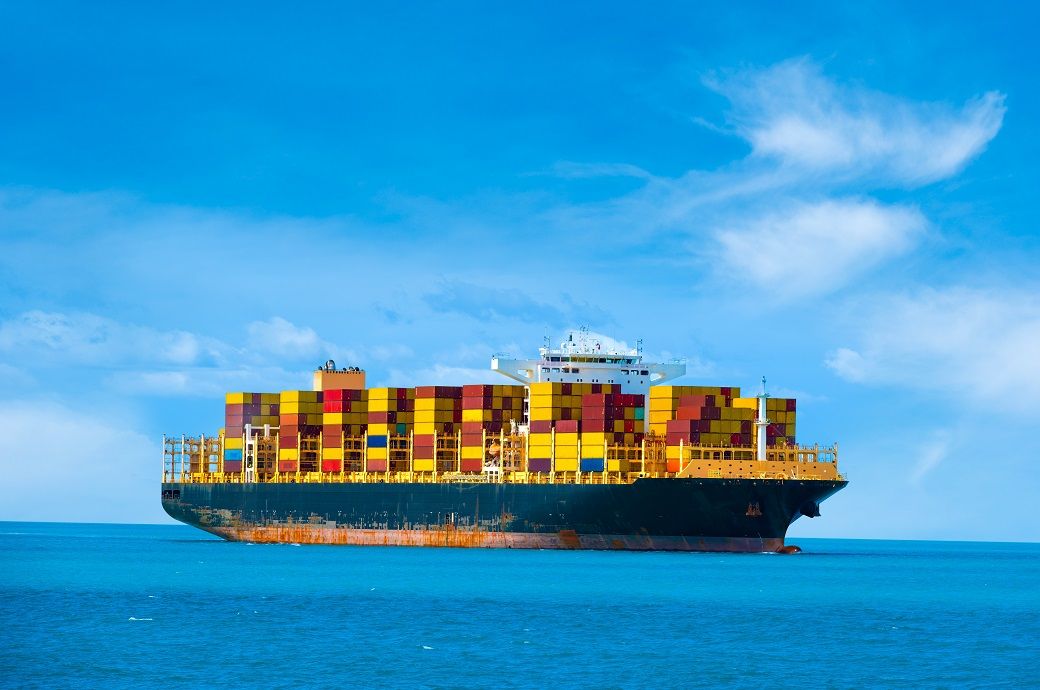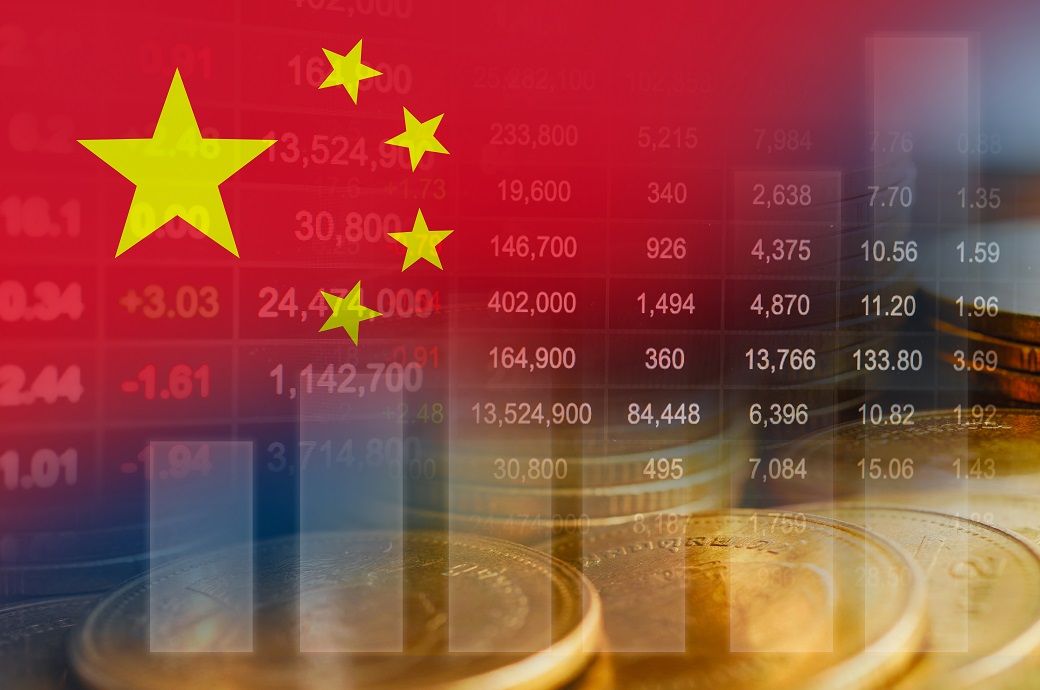The supermarket chain is earmarking still Prosecco as the drink of the summer. But what is the Italian sparkling wine without the fizz? And is the DOC on board? Sarah Neish investigates.

Aldi has launched bottles of still Prosecco, priced at £5.99, into UK stores with the retailer claiming the wine has the same taste of the classic Italian fizz, but "without the bubbles". Aldi plans to capitalise on the enormous existing consumer fan base for sparkling Prosecco, and believes that its still version could take off this year. However the budget chain is only giving the product six months to prove itself worthy of a more permanent slot in the range.
"Made from the same grape variety in the same location as its more recognisable sparkling wines, Costellore It's Still Prosecco is fresh, fruit and floral on the nose with concentrated orchard fruits on the palate," an Aldi spokesperson tells
db. "Off-dry, the wine finishes with a subtle honeyed note, and bold acidity keeps it refreshing."
What exactly is bubble-free Prosecco?
While hardly prominent on global shelves just yet, still Prosecco has been officially permitted by the Prosecco DOC for some time. "It's produced in very limited quantities compared to Prosecco DOC Sparkling or Rosé wines and only made up 0.1% of total Prosecco DOC production in 2024," the consortium tells
db.
Known locally as Prosecco Tranquillo, it can be bottled after the first fermentation, and according to the consortium is usually slightly lower in alcohol than its sparkling counterpart (around 10.5% ABV compared to 11% ABV), tying in with recent consumer leanings towards lighter wines. Typically straw yellow in colour, still Prosecco is also required by the DOC to achieve the same minimum total acidity (5.0g/l) as its sparkling peer.
Aldi's still Prosecco has been officially sanctioned by the Prosecco DOC, which turned over more than €3.6 billion last year, and as such its label sports the blue stamp of approval. This means the wine must meet certain quality standards including containing a minimum of 85% Glera grapes in the blend, with the remaining 15% permitted to include Verdiso, Bianchetta Trevigiana, Perera, Glera Lunga, Chardonnay, Pinot Bianco, Pinot Grigio and Pinot Nero. The wine must also be produced in one of two regions, Veneto Friuli or Veneto Giulia, to qualify under DOC rules.
Who makes Aldi's still Prosecco?
db has learned that the product is produced and bottled by Milan-based
Italian Wine Brands SpA (IWB), the largest private wine group in Italy, and the first to be listed on the Milan stock exchange. Having launched its inaugural Prosecco Tranquillo last year under the brand Voga, IWB was keen to explore a second expression with Aldi as a "new potentially interesting seasonal opportunity" in the UK.
"Where better to launch a new Prosecco concept if not in the second biggest country in the world for importing and consuming sparkling Prosecco DOC?" asks Samantha Segarizzi, key account manager, Italian Wine Brands.
Describing still Prosecco as "currently a niche segment", Segarizzi adds that the category has real growth potential, and reveals that its Voga wine is "having great success", especially in the US, where the company markets the wine as "rediscovering the soulful stillness of Prosecco".
"Despite current market dynamics clearly favouring sparkling wines, with a steady and consistent increase in sales, still Prosecco DOC wines have the potential to be an interesting new way of drinking one of the most well know Italian wines," Segarizzi tells
db.
The company claims that Prosecco was traditionally produced as a still wine in Italy and enjoyed by the local population, with its production methods evolving into sparkling over time. "The history of still Prosecco is intertwined with the broader history of Prosecco production in Italy, reflecting the evolution and diversification of this popular Italian wine," reads a description on Voga's website.
Curious to try
"Most Prosecco consumers are not aware of the existence of a still version of this important DOC category," Segarizzi continues. "They are for sure curious to try it and find out if the Tranquillo version meets the highly appreciated quality of the sparkling wine. Additionally, it is a great opportunity to understand how Prosecco grape characteristics might change when used to produce still or sparkling wines."
IWB, which produces 190 million bottles annually, has wineries located in the Langhe region of Piedmont, as well as in Apulia and the Veneto, where it specialises in sparkling wines. The main difference between Tranquillo and Spumante, says Segarizzi, is that "Tranquillo does not go through second fermentation, which is what leads to the bubbles." According to IWB, still Prosecco also often has a "smoother and creamier texture" than sparkling.
"Glera grapes are selected with the same care and accuracy as for sparkling Prosecco, as the consistency of quality is one of our main focuses," says Segarizzi, and Aldi's wine, specifically, is vinified in steel tanks at a controlled temperature of no more than 17 °C.
Trend-chasing
According to Aldi, its still Prosecco is "perfect for those seeking a lighter, trend-forward alternative to traditional white wine." As the retailer refreshes its seasonal range every six months, how this wine performs will determine whether still Prosecco remains on Aldi shelves for the following six months, or even becomes a permanent addition to the range. It's a relatively small window of opportunity for consumers to discover and fall in love with a category unknown to many, even in the trade, but curiosity could spark a race to the check-out.
Asda, too, has been busy exploring alternatives to Prosecco for 2025, revealing in its spring/summer showcase that it has added a
sparkling wine from Garda DOC to its collection. The Garganega-based fizz, described as having “a slightly salted almond note and finish,” has been introduced as something different for Prosecco lovers seeking a seasonal switch-up. However, senior sourcing manager Clive Donaldson suggested that the renewal of Asda's wine range is driven by market needs rather than trend-chasing.

 Aldi has launched bottles of still Prosecco, priced at £5.99, into UK stores with the retailer claiming the wine has the same taste of the classic Italian fizz, but "without the bubbles". Aldi plans to capitalise on the enormous existing consumer fan base for sparkling Prosecco, and believes that its still version could take off this year. However the budget chain is only giving the product six months to prove itself worthy of a more permanent slot in the range.
"Made from the same grape variety in the same location as its more recognisable sparkling wines, Costellore It's Still Prosecco is fresh, fruit and floral on the nose with concentrated orchard fruits on the palate," an Aldi spokesperson tells db. "Off-dry, the wine finishes with a subtle honeyed note, and bold acidity keeps it refreshing."
Aldi has launched bottles of still Prosecco, priced at £5.99, into UK stores with the retailer claiming the wine has the same taste of the classic Italian fizz, but "without the bubbles". Aldi plans to capitalise on the enormous existing consumer fan base for sparkling Prosecco, and believes that its still version could take off this year. However the budget chain is only giving the product six months to prove itself worthy of a more permanent slot in the range.
"Made from the same grape variety in the same location as its more recognisable sparkling wines, Costellore It's Still Prosecco is fresh, fruit and floral on the nose with concentrated orchard fruits on the palate," an Aldi spokesperson tells db. "Off-dry, the wine finishes with a subtle honeyed note, and bold acidity keeps it refreshing."





















